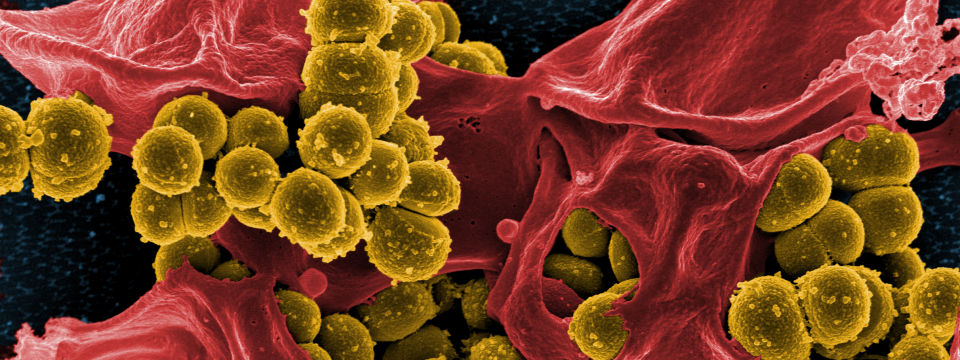__________ Please Note Procedure Changes Below __________
Apr. 18, 2024: Changes to Procedure for First Aid Sharps Injuries
Changes to Procedure for First Aid Sharps Injuries
First aid for sharps injuries (cuts, scratches and needlesticks) has been updated on the Standard Operating Procedures and Biological Decontamination & Spill templates and the Occupational Health Injury, Illness and Exposure page.
What has changed: Removal of recommendation to encourage needle sticks and cuts to bleed by squeezing.
Why it has changed: The practice has no specific evidence of efficacy at reducing potential transmission of infectious agents and could increase the chance of further tissue damage near the initial injury. Please see the CDC reference below.
Updated message: The updated first aid for sharps injuries message emphasizes gently washing with soap and water for 15 minutes.
As always, follow reporting requirements and seek medical attention after any occupational health injury, illness or exposure.
Mar. 4, 2024: Changes to Procedure for Disposal of Animal Tissue and Carcass Waste
Changes to Procedure for Disposal of Animal Tissue and Carcass Waste
The tissue digester located at the Veterinary Diagnostic Lab (VDL) is being replaced. Beginning on Monday, March 4th research animal tissue and carcass waste will no longer be sent to the VDL. Instead, it will be picked up by the University's biohazardous waste contractor.
Please be aware of the following changes for animal waste preparation and collection sites:
- Animal tissue and carcasses must be disposed in Red Bags and placed into Red Bins.
- Animal tissue and carcasses or any solid waste that contains prions, high hazard chemicals, chemotherapy agents or low molecular weight biologically-derived toxins must go in Yellow Bags and be placed into Yellow Bins for incineration off site.
- Non-tissue solid waste from the lab or procedure rooms must go into Red Bags and be placed into Grey Bins.
- The locations of waste coolers and collection sites have not changed.
*Note - You may use up any pink digestible bags for your tissue and carcasses as long as the larger outer bag that lines the bins is red or yellow, respectively.
Contact [email protected] if you have any questions regarding these changes.
